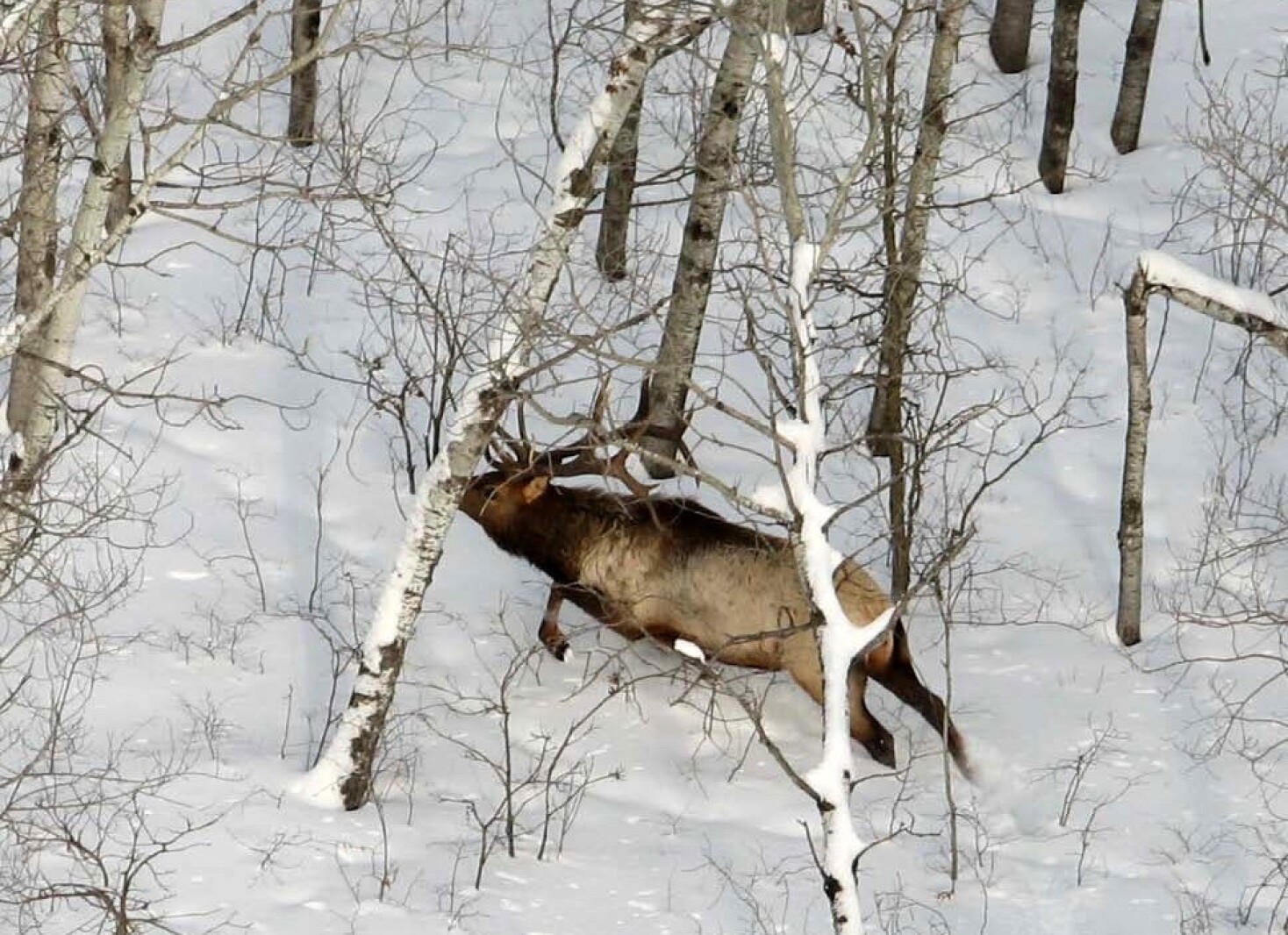Bowmannate2000
Well-known member
I saw this article and thought it would be worth sharing. I wonder if this will gain any momentum? It seems Wisconsin has been successful with their elk herd reintroduction. With enough public support I don't know why MN couldn't do the same in the E/NE part of the state. I know there are some elk in the northwest part of the state, but selfishly, it would be nice to have some closer to home!

 www.duluthnewstribune.com
www.duluthnewstribune.com

DNR willing to let eastern Minnesota elk plan move forward
No formal approval yet, but state will keep working with Fond du Lac band on eastern elk reintroduction.





